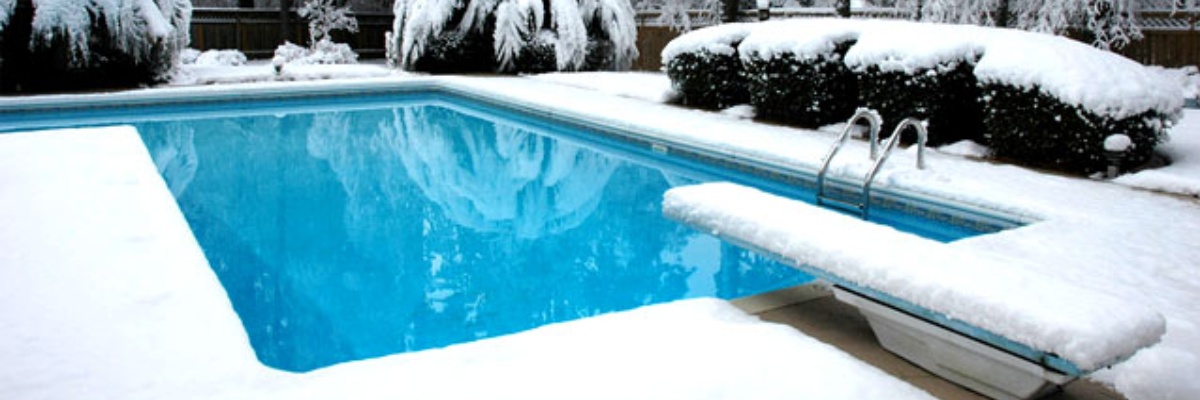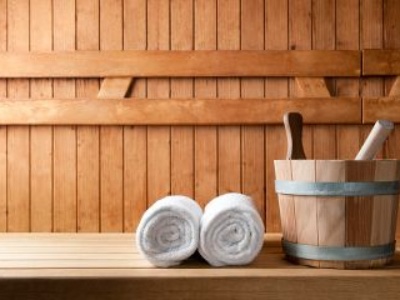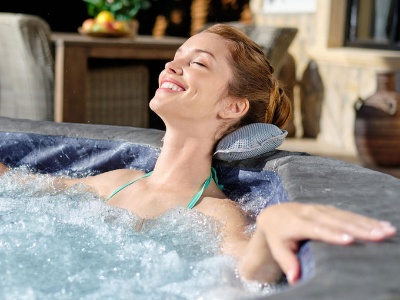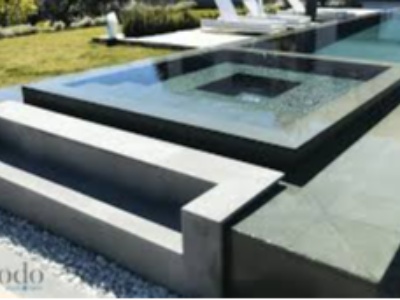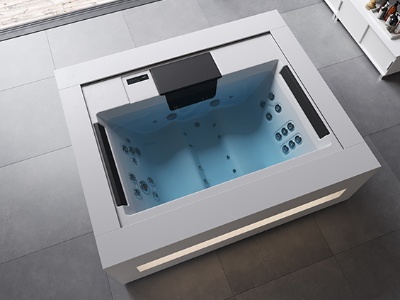
When the cold weather arrives, preparing your swimming pool for winter is an essential step to preserve water quality, avoid frost damage and facilitate reopening in the spring. Proper winterisation extends the life of the equipment and limits maintenance costs. Depending on the climate and the use of the pool, there are two methods: active winterisation and passive winterisation.
Why winterise your pool?
In winter, an unprotected pool can suffer significant damage. Stagnant water encourages the growth of algae and bacteria, frost can damage pipes and equipment, and the accumulation of debris in the pool makes it difficult to get it back into service. In addition, proper winterisation limits the consumption of water and chemicals when the pool is reopened.Active or passive winterisation: which method should you choose?
Active winterisation involves keeping the pool running at a reduced capacity during the winter. The filtration system runs for a few hours a day to prevent freezing and preserve water quality. This method is ideal in regions where temperatures remain mild and where the risk of frost is limited. Passive winterisation, on the other hand, consists of putting the pool to sleep by completely stopping the filtration and lowering the water level. A specific treatment is applied before closing to prevent the growth of algae and bacteria. This method is recommended in regions prone to frost.The essential steps for successful winterisation
Complete cleaning of the pool
Before winterising the pool, a thorough cleaning is necessary. All floating debris must be removed, impurities on the bottom must be vacuumed up and the walls must be brushed. Particular attention should be paid to the skimmers and filter baskets, which should be emptied and cleaned. Once cleaning is complete, the water should be perfectly balanced. The pH should be adjusted (ideally to between 7.0 and 7.4) to prevent limescale deposits and prolong the effectiveness of the winterising products. A shock treatment is recommended to eliminate micro-organisms before the pool is put into hibernation.Lowering the water level and protecting the pipes
As part of passive winterising, the water level must be lowered below the delivery nozzles to prevent the water from freezing in the pipes. The entire hydraulic circuit must be purged by draining the pump, filter and pipes to prevent frost cracks. Winterising plugs are placed on the delivery nozzles and skimmers to prevent water from entering them. Winter floats are also placed on the surface of the water to absorb the pressure exerted by the ice.Protect the pool with a suitable cover
A winter cover is essential to protect the water from impurities and limit evaporation. There are several types of covers:- Opaque winter covers, which block out light and prevent the growth of algae.
- Winter nets, which retain debris while allowing water to drain.
- Roller shutters, which provide effective protection and make it easier to get back into use in the spring.

